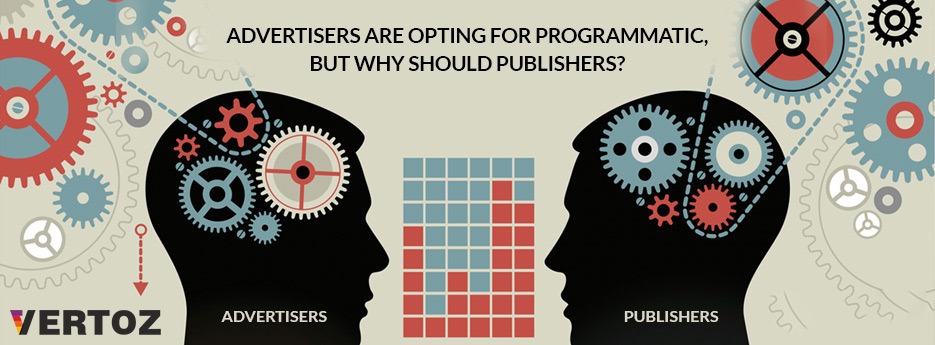
Programmatic is a sensational technology in online advertising, and digital advertisers are loving it. Many top brands are planning to spend more than 60% of their advertising budget on programmatic advertising. Where some advertisers are scared because of its intricacies, others are adapting to programmatic advertising and enjoying the reach and the targeting options they could not get with the tradition online advertising methods. The focus of programmatic advertising is to make advertiser more relevant to the buyers’ requirement with more precise targeting and pertinent ad delivery.
Traditional ways publishers used for monetization

Earlier when the technology for tracking the impressions and clicks was not advanced, publishers were selling their websites’ ad inventory majorly to direct brands. It is also known as direct-buy in media buying process. Direct-buy assures that ad spot is filled with the ads from the direct advertiser till the promised period. The main problem with this arrangement is, for long tenure same ad is shown to all the visitors coming on the website. This is monotonous and will gradually repel customers, resulting in lower CTR over the time. Many big publishers have seen a major drop in regular visitors because of these ads.
With traditional media buying and selling, publishers need to approach each advertiser separately. Publishers are not able to convert all the advertisers and a major part of their inventory goes unsold.
Before programmatic real-time bidding became famous among publishers, tracking and analyzing the traffic was a big issue in front publishers. They were clueless about the visitors’ engagement with the ads, why visitors are engaging with the ad or why are they extricating? As publishers are not aware of their visitors’ interest, it is difficult to convince advertisers about the traffic quality.
Why should publishers monetize their inventory programmatically?

According to a report, more than 80% advertisers are buying inventory programmatically. Big brands have allocated their 50% marketing budget for digital advertising. Recently, Renault has confirmed that they are going to spend 60% of their digital budget on programmatic. As all demand is moving towards programmatic then supply i.e publishers should sell their inventory programmatically. Following are the benefits of programmatic monetization.
High demand from multiple advertisers and DSPs
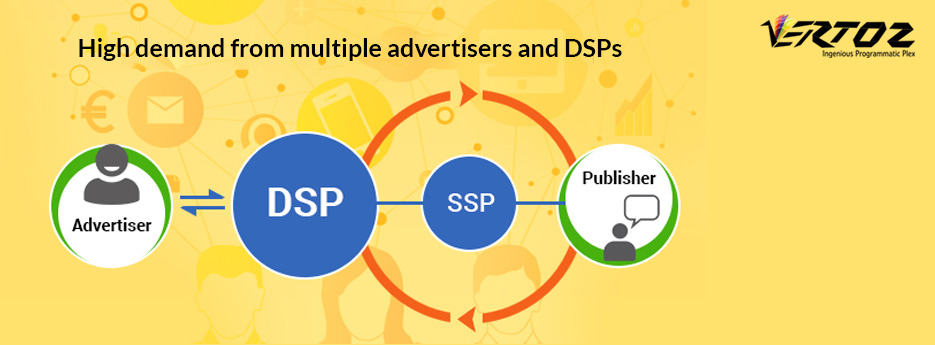
Publishers’ ad inventory will be programmatically made available on open RTB where multiple advertisers bid for the particular ad spot or the visitor. Publishers can set a floor price for their inventory which will give them desired minimum bidding and better opportunity to earn. Multiple advertisers bid in real-time, highest bid endearing the auction.
Programmatic won’t affect your direct sales
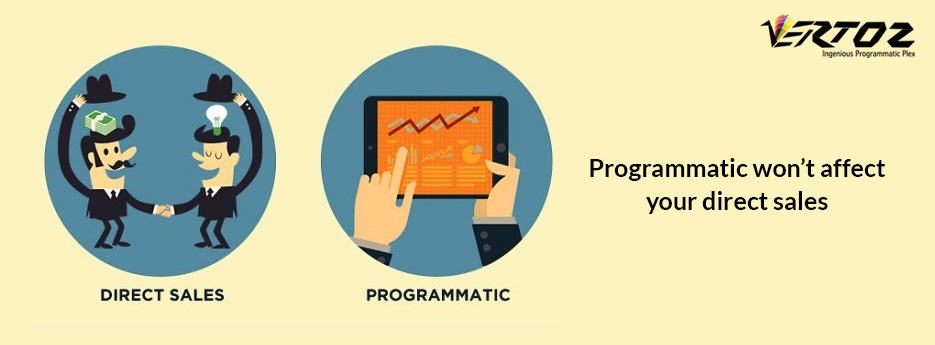
Publishers can be assured that programmatic won’t affect the earnings from direct sales. If your direct-sales is your breadwinner then you can keep programmatic to sell your unsold inventory. With the advancement and the innovations happening in programmatic world monetization ecosystem is changing. Publishers are now giving preference to programmatic as it encourages the competitive bidding environment with the second-price auction.
Get maximum earning from your traffic

Multiple advertisers and DSPs are connected on the programmatic platform. All these advertisers are bidding and competing for your ad spots. Advertisers use programmatic because of its numerous macro and micro-targeting options. Traffic coming on publishers’ websites can be monitored with DMP which will provide an accurate profile of the visitors. This profiling indeed will help in targeting. As the pertinent audience has been targeted with the most relevant ads, engagement rate is very high.
Programmatic allows publishers to have multiple demand sources and only highest paying advertiser will win the ad spot, yielding maximum eCPM.
Highest fill rate
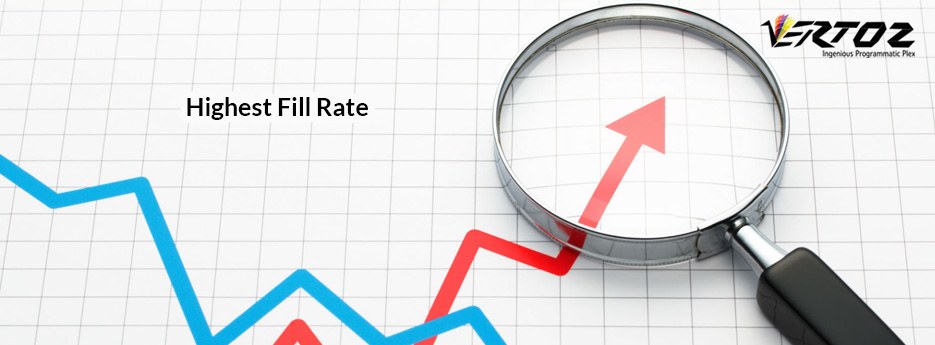
Before RTB came into the picture, it was awfully troublesome for publishers to find the better fill-rate for its ad spots. Presently it is changed, there is a tremendous competition among the advertisers and programmatic advertising turns out to be the default choice for publishers for guarantee sustenance. At Vertoz, we use an advanced Yield Optimizer which processes the ad request initially for RTB auction between GOs, PMPs, DSPs and ATDs. Even after the RTB auction, if fill is not there then the ad request is forwarded to other ad-exchanges and network for bidding. Our Yield Optimizer ensures the highest fill at industry leading eCPMs. Publishers can have passback to ensure highest fill rates.
Engaging and dynamic ads
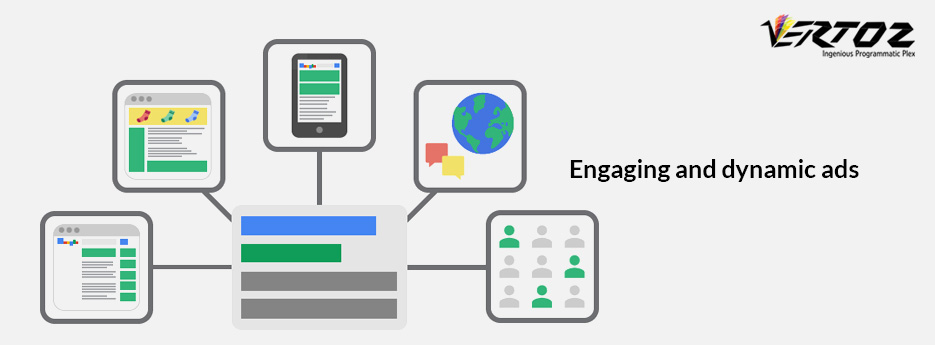
Ads delivered programmatically are more relevant to website’s content and visitors’ liking. Such ads engage customers more. Publishers can choose from standard ads, dynamic ads, rich media ads and innovative ad formats. This way publishers don’t need to display same static ads. Read more to know How Innovative ad formats can help marketers for better engagement?
Non-intrusive ads

Day by day, ads on the internet are getting more intrusive and irritating, indeed hampering visitors’ site experience. Vertoz programmatically delivers non-intrusive ads. Ads shown should be contextual to be more relevant. Choosing ad spot placement is also one of the crucial factors for ad engagement. It should be subtle placement to receive maximum eyeballs. Vertoz’s Dynamic ads option helps you to select the space for a particular ad spot on your website.
Easy implementation
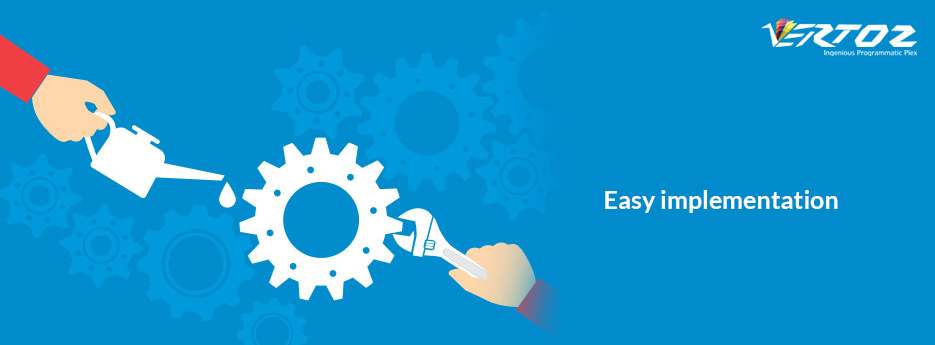
Generally, publishers feel that implementation of ads is a tedious process but it is not true with programmatic. Here first, you need to submit your website and ad spots. Once programmatic platform approves the ad spots, a JavaScript code will be generated. The publisher needs to implement this code in the ad spot and ads will start flowing immediately. There are S2S and SDK integrations for mobile apps as well.
Better control over ad content
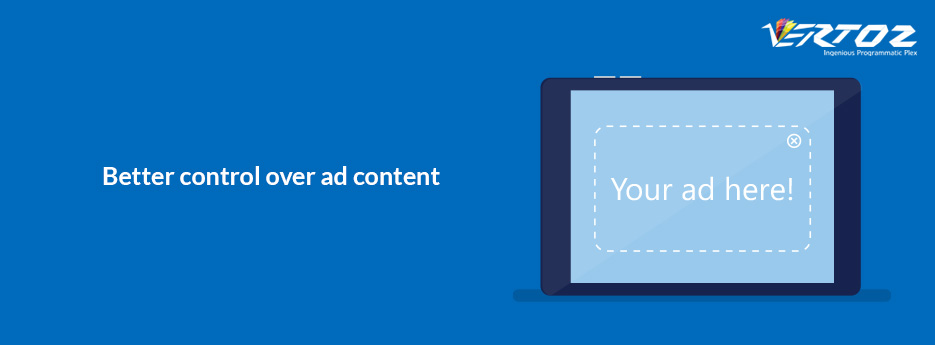
As there is high demand from various advertisers in programmatic, publishers usually consider that they can receive non-relevant ads. In programmatic publishers have better control over ads they are showing on the website. They can choose or block the demand from various verticals.
Worldwide Demand
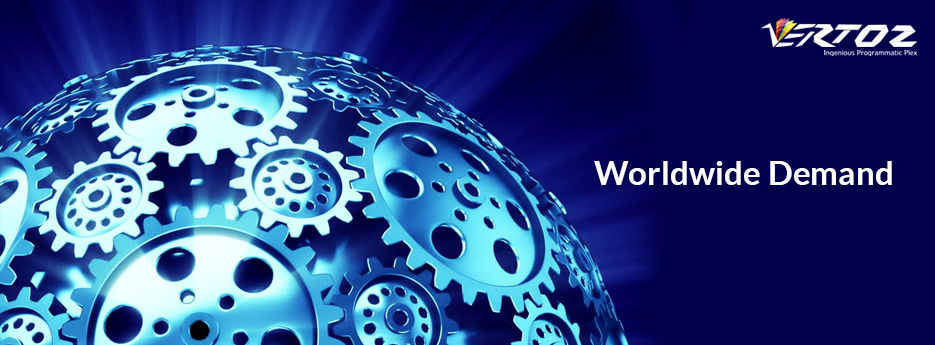
Programmatic platforms focus on monetizing the traffic coming on your website. Even if a visitor is from the USA and your website origin country is the UK, then ads from the advertisers of the USA will be served programmatically. If you have worldwide traffic then also you can monetize it in a better way rather than just depending on advertisers from your country.
Timely Payment
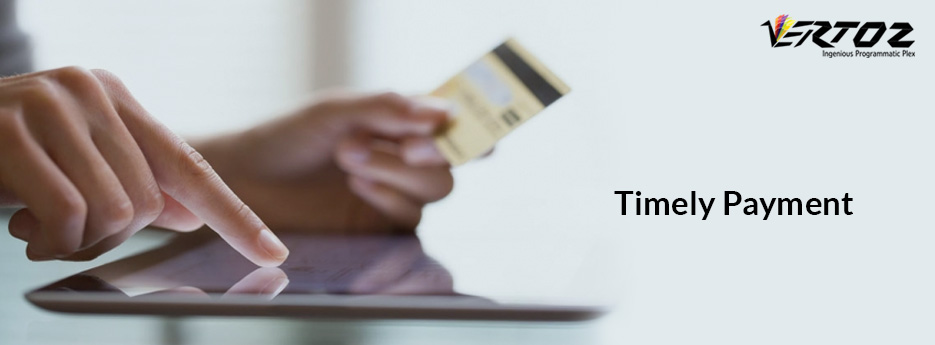
Most programmatic platforms keep a payout threshold for payment. Payments are generated automatically once publisher reaches the threshold. Most agencies support PayPal and Wire Transfer for easy and quick payment transfer.

